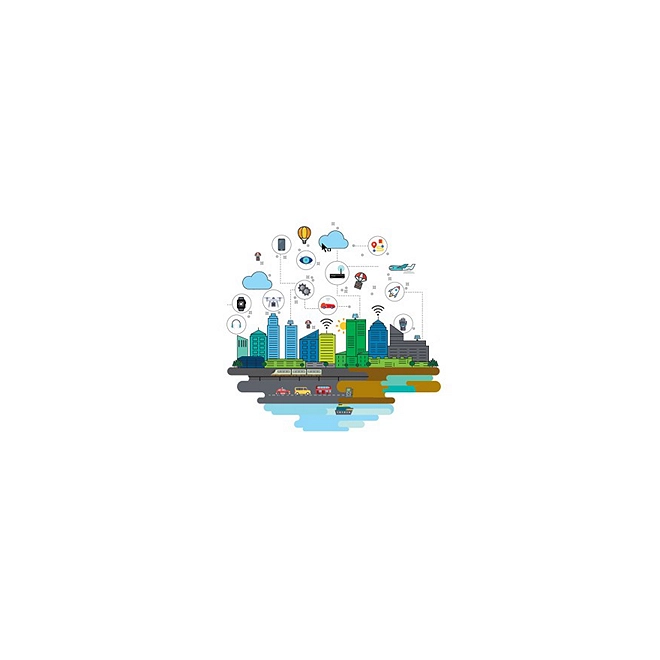How ready are Australian cities for the Future of Mobility?
The Deloitte City Mobility index
A smart city is a data-driven city, one in which leaders have an increasingly sophisticated understanding of conditions in the areas they oversee, including the urban transportation system.
The Deloitte City Mobility index
Today, leaders can leverage a vast array of data from the Internet of Things, artificial intelligence, and other digital technologies to develop and inform intelligent decisions about people, places, and products. But when it comes to designing and implementing a long-term vision for future mobility, it is all too easy to ignore, misinterpret, or skew this data to fit a pre-existing narrative. So in order to build a clear vision, leaders must gather the right data, ask the right questions, and focus on where cities should go tomorrow.
Given the essential enabling role transportation plays in a city’s sustained economic prosperity, we set out to create a new and better way for city officials to gauge the health of their mobility network and their readiness to embrace the future.
The result is the Deloitte City Mobility Index (DCMI), a comprehensive review of key aspects of mobility in 18 cities, based on our vision of what smart urban mobility should look like.
The DCMI sets out to create a new and better way for city officials, transport operators and public planners to gauge the readiness of their transport networks to embrace the rapid changes occurring in the transportation ecosystem, known as the Future of Mobility.
Measuring urban mobility performance
To develop a picture of mobility across the globe, we went beyond what transportation looks like today to explore what mobility could be in a truly smart, liveable, economically vibrant city. Three key themes emerged from this research:
- Performance and resilience: Urban mobility should be efficient. It’s a given that the trains should literally run on time. But cities that scored highest in this category also minimise congestion and travel times, maintain roads and other infrastructure, and offer multiple, integrated modes of transportation
- Vision and leadership: Urban mobility requires innovation, coordination among stakeholders, and direction. Creating a high-performing, resilient, and inclusive mobility system is unlikely to happen by accident. This second theme analyses how deliberate and forward thinking a city’s leaders are regarding its future mobility needs
- Service and inclusion: Urban mobility should be accessible to all residents. Exemplarycities in this category offer widespread coverage and modest wait times for public transit, affordable options, and user-friendly ways to access a variety of transportation modes.
Find out how Sydney, Melbourne and Brisbane perform against these three factors and the key areas Australian leaders should focus on to improve city mobility.


